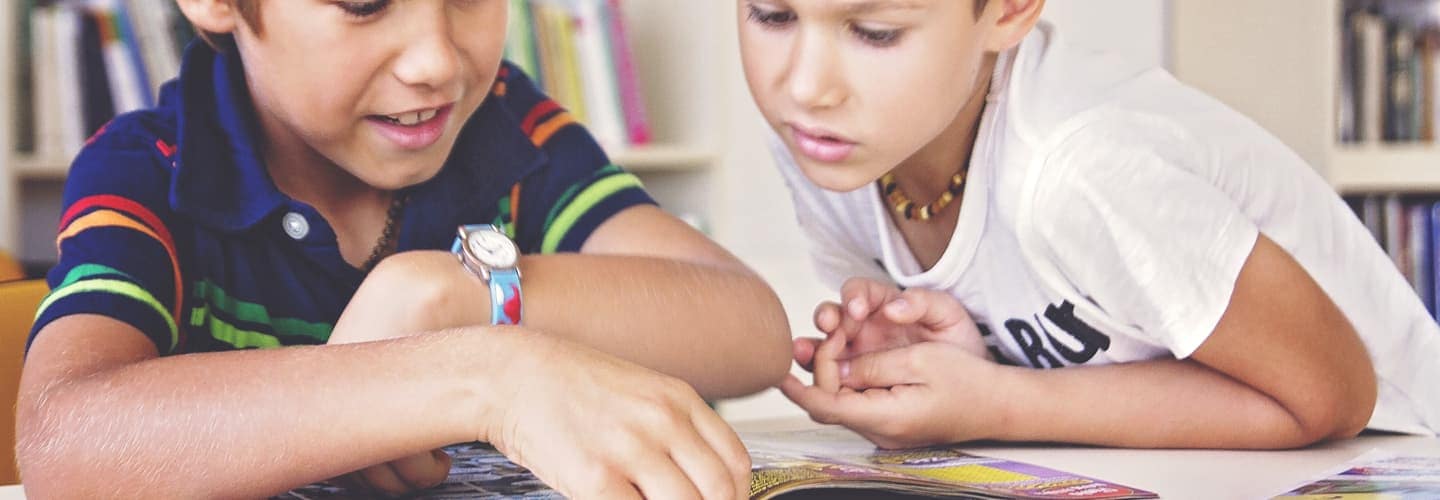
- Teaching trends and techniques
How to get teenagers to think critically
Critical thinking is a 21st century skill that has been around for thousands of years. There are records of Socrates using critical thinking skills in his teaching in 4th century BC Greece. In recent years though, critical thinking has again become more prominent in education.
What is critical thinking?
Critical thinking requires students to do more than remember and repeat information. Instead, it encourages them to analyze, examine, evaluate and use their problem-solving abilities through questioning, theorizing and rationalizing to have a deeper understanding of the world around them, both inside the classroom and beyond.
Why is critical thinking so important?
In the past, success in education was largely based on the ability to remember facts and figures. However, the skills which our students need today go further than memorization. With our rapidly evolving technology, the internet, and the bewildering amount of information online, it is essential that our students can use higher-order thinking skills to analyze and assess the information they are presented with.
How can you incorporate critical thinking into your classes?
Devising long-term goals
We all know the importance of looking ahead and planning for the future. We can encourage this skill in our students and directly relate it to their learning.
At the start of the course, take a moment to chat with each student individually and ask them to identify an objective for the first part of the year. You may like to brainstorm possible objectives as a class first, but it’s important for students to determine their own personal objectives, rather than imposing objectives on them.
During the first half of the year you can talk to each student about their progress and ask them to assess to what extent they’re achieving their goals.
The key point comes at the end of the semester when students evaluate their progress and set a new objective for the following one.
Analyzing
The ability to analyze options, risks and opinions will help your students in the future in many situations, including when they decide which course to take at university or which job to take.
You can practice this skill by providing students with relatable situations and asking them to analyze and compare the options.
For example:
Imagine you are taking a trip with some friends this summer. You have a number of different options and want to discuss them before finalizing your plans. Talk to a partner about the different trips and decide which would be best:
- Traveling around Europe by train for a month ($1,000)
- A weekend hiking and camping in the countryside ($200)
- A weekend break in a big city, with shopping, sightseeing and museum trips ($500)
- A week-long trip to the beach in an all-inclusive resort ($650)
Anticipating consequences
Students also need to have an awareness of the consequences of their actions; this is a skill which is transferable to making business decisions, as well as being important in their everyday lives.
To practice this skill, put students into small groups and give them the first part of a conditional sentence. One student completes the sentence and then the next student adds a consequence to that statement.
For example:
Student A: If I don’t study for my English exam, I won’t pass.
Student B: If I don’t pass my English exam, my parents won’t let me go out this weekend.
Student C: If I can’t go out this weekend, I’ll miss the big football match.
Student D: My coach won’t let me play next year if I miss the big match.
Rearranging the class menu
By giving students more responsibility and having them feel invested in the development of the lesson, they will be much more motivated to participate in the class.
Occasionally, let students discuss the content of the day’s class. Give them a list of tasks for the day, including how long each will take and allow them to discuss the order in which they’ll complete them. For larger classes, first have them do it in pairs or small groups and then vote as a whole class.
Write on the board:
- Class discussion (5 minutes)
The following tasks can be done in the order you decide as a class. You have five minutes to discuss and arrange the tasks as you choose. Write them on the board in order when you’re ready.
- Check homework (5 minutes)
- Vocabulary review (10 minutes)
- Vocabulary game (5 minutes)
- Reading activity (15 minutes)
- Grammar review game (5 minutes)
- Speaking activity (10 minutes)
Take this one step further by asking your students to rate each activity out of 10 at the end of the class. That way, you’ll easily see which tasks they enjoy, helping you plan more engaging lessons in the future.







